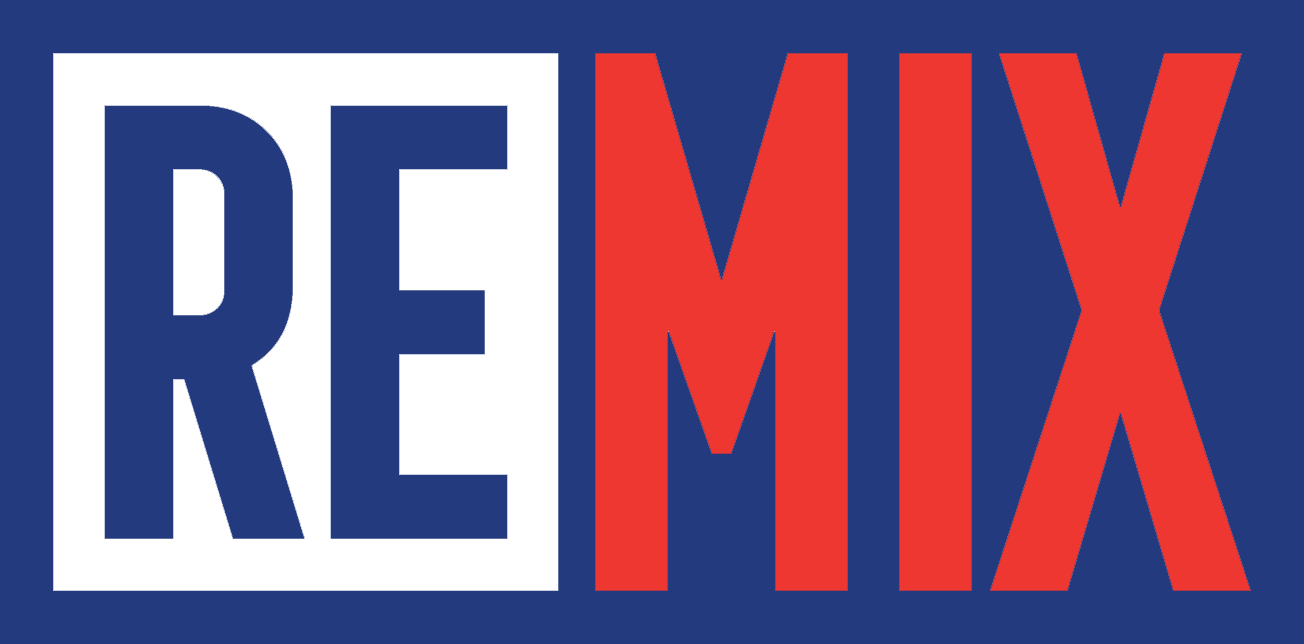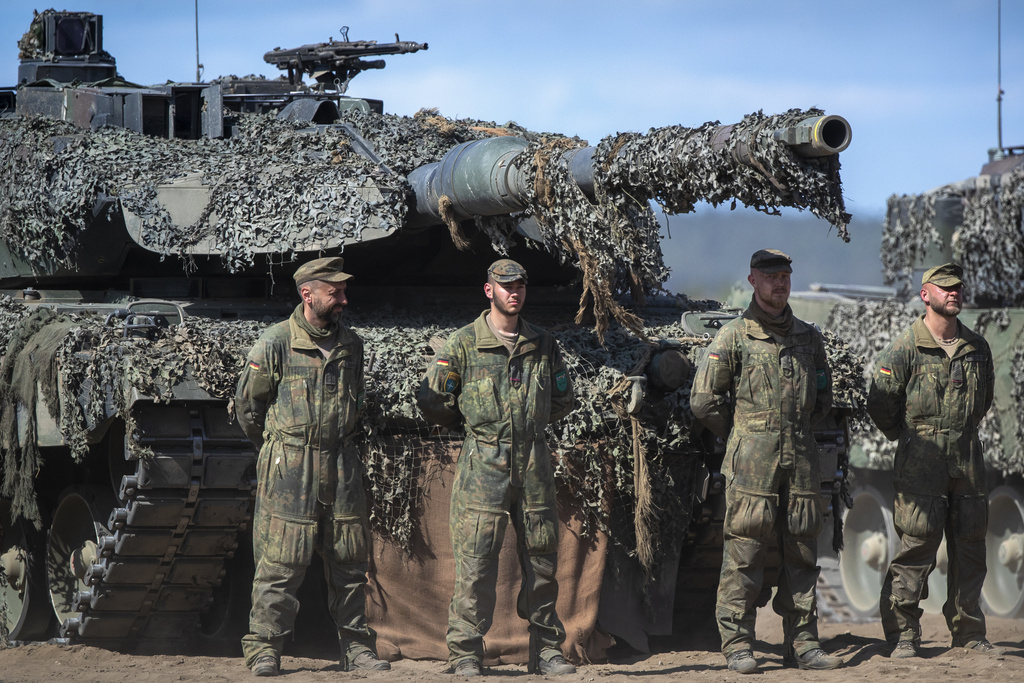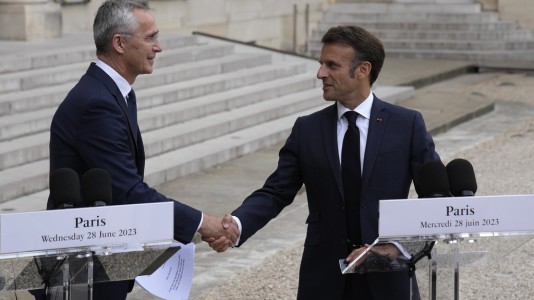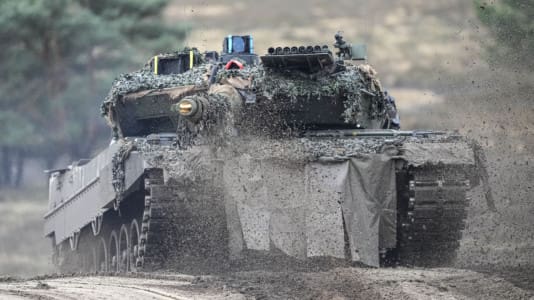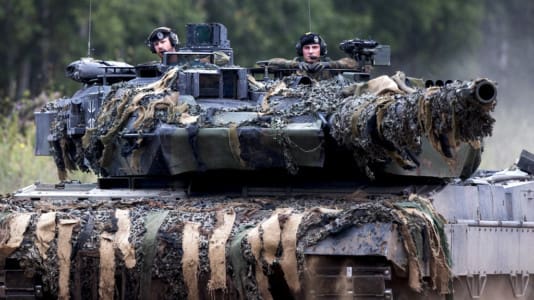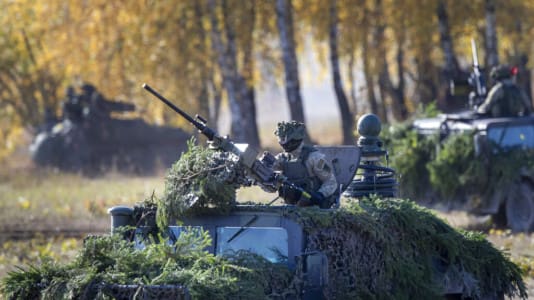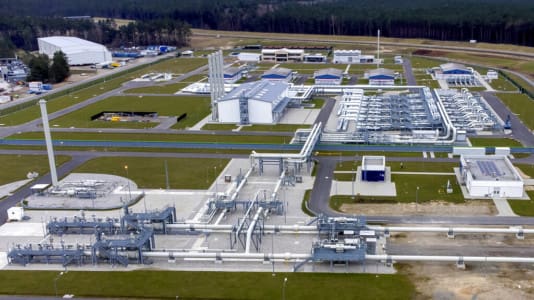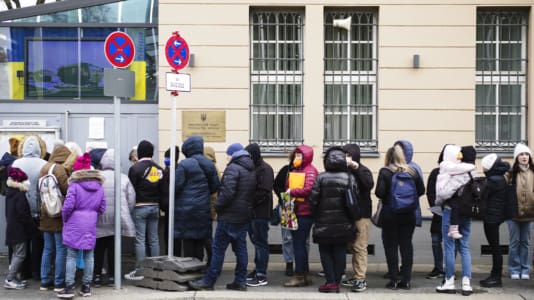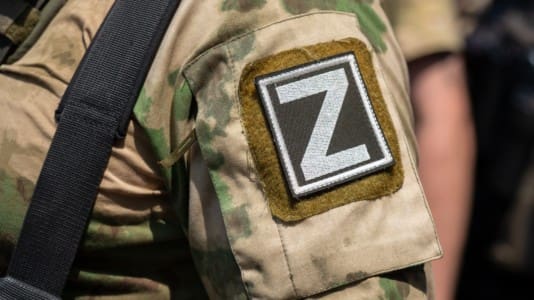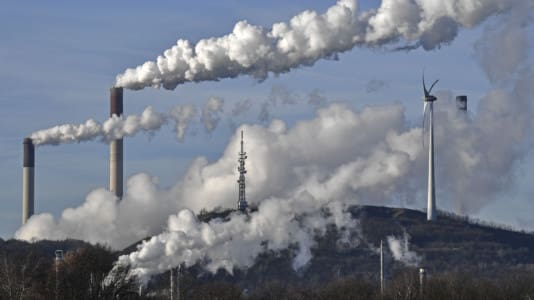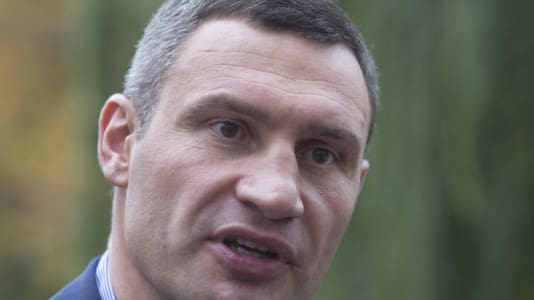The German traffic light coalition’s military policy of not delivering lethal weapons to third parties transformed spectacularly into all-out support for Ukraine with artillery pieces, tanks, and infantry fighting vehicles within a matter of months, an analysis in the Hungarian Mandiner newspaper noted.
Before the outbreak of the war, Germany had refused to supply Ukraine with German-made military equipment in every possible way. Then, former German Defense Minister Christine Lambrecht announced that Germany would provide the Ukrainian army with 5,000 assault helmets, an offer met with both anger and ridicule among Ukrainian government officials.
In addition to helmets, the provision of sleeping bags, field hospitals, and other military equipment was later announced, but the possibility of sending weapons was ruled out.
“There are, of course, reasons for this, based on the events of recent years and decades,” said Social Democrat Chancellor Olaf Scholz.
But then, Berlin’s position gradually changed as pressure from the German arms lobby and from the U.S. and Poland increased. Scholz nevertheless tried to persevere, initially seeking to supply “only defensive weapons” to the Ukrainian army.
The German chancellor then announced a system of “Ringtausch” or “cyclical exchange,” whereby the German side had signed a contract with the Baltic States and the countries of the former Warsaw Pact wherein they would supply Ukraine with Soviet-made military equipment in exchange for modern models of German weapons systems.
The German plan worked: Greece, Slovenia, Slovakia, Poland and the Czech Republic all delivered military aid including some 140 BMP-1 armored fighting vehicles and M-55S and T-72 tanks to Ukraine.
Last April, Lambrecht continued to talk about only supplying Ukraine with weapons to defend itself. At the time, the focus was on Gepard air defense systems and Panzerhaubitze self-propelled guns — although the latter’s status as a “defensive weapon” was already being strongly questioned. A decision on their delivery was finally taken in May, and on May 16, Lambrecht announced the delivery of three more Mars II rocket launchers to Kyiv.
Since the outbreak of the war, the divisions between the parties of the “traffic light” coalition have become increasingly evident. The main fault line is between the Social Democratic Party (SDP) and the Greens (Die Grüne), the former seeking to pursue a much more prudent policy towards Russia
and the Greens remaining fully committed to supporting Ukraine.
The third party in the coalition, the Free Democrats (FDP), had an entirely different attitude toward Russia altogether a few years earlier. In 2017, FDP chairman Christian Lindner said that “Germany must accept the annexation of Crimea by Russia, at least for the time being.” Lindner stressed the importance of good relations with Moscow for Germany and the European Union and argued that it might be necessary to “swallow” the Crimea issue in order to offer Russian President Vladimir Putin opportunities to change his policies.

